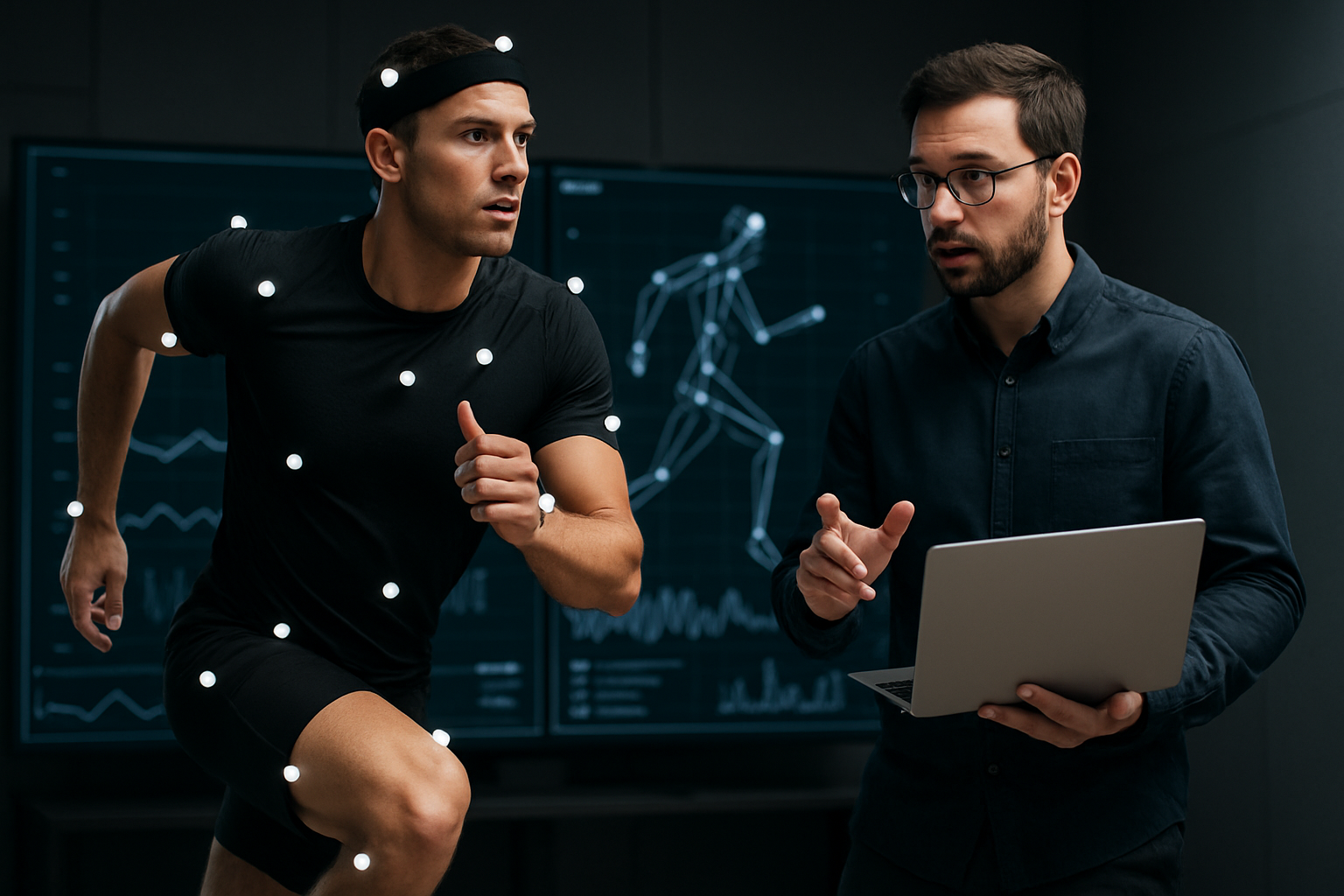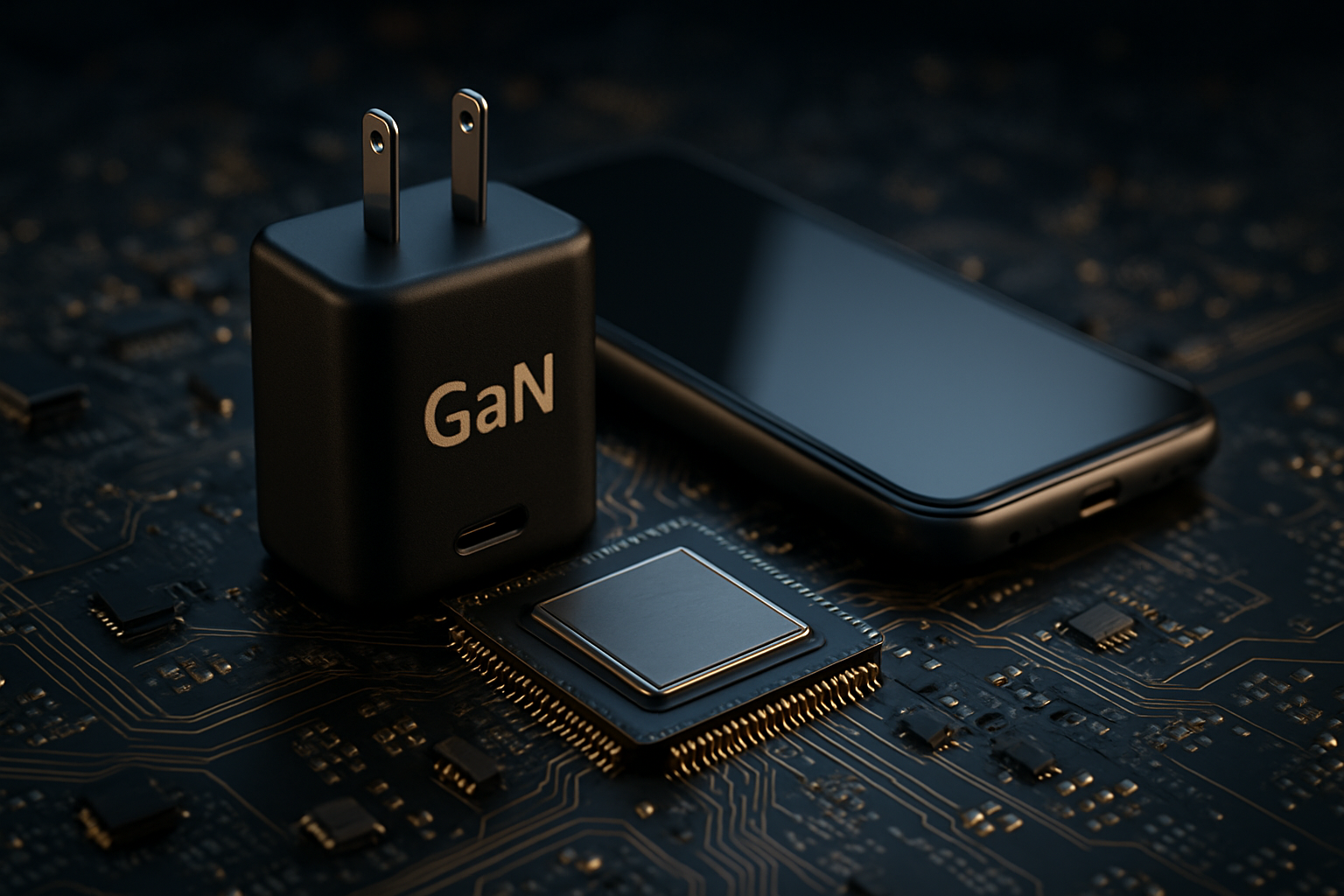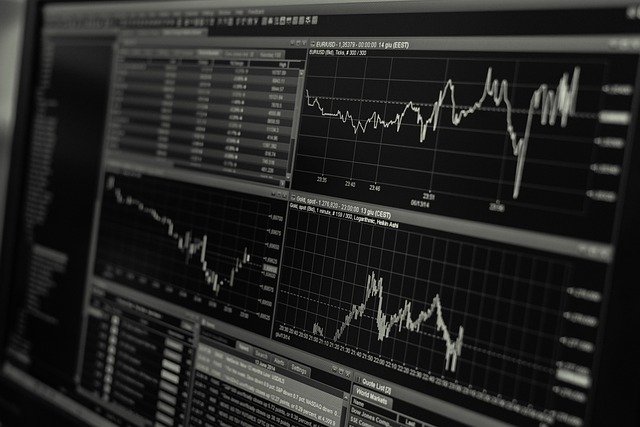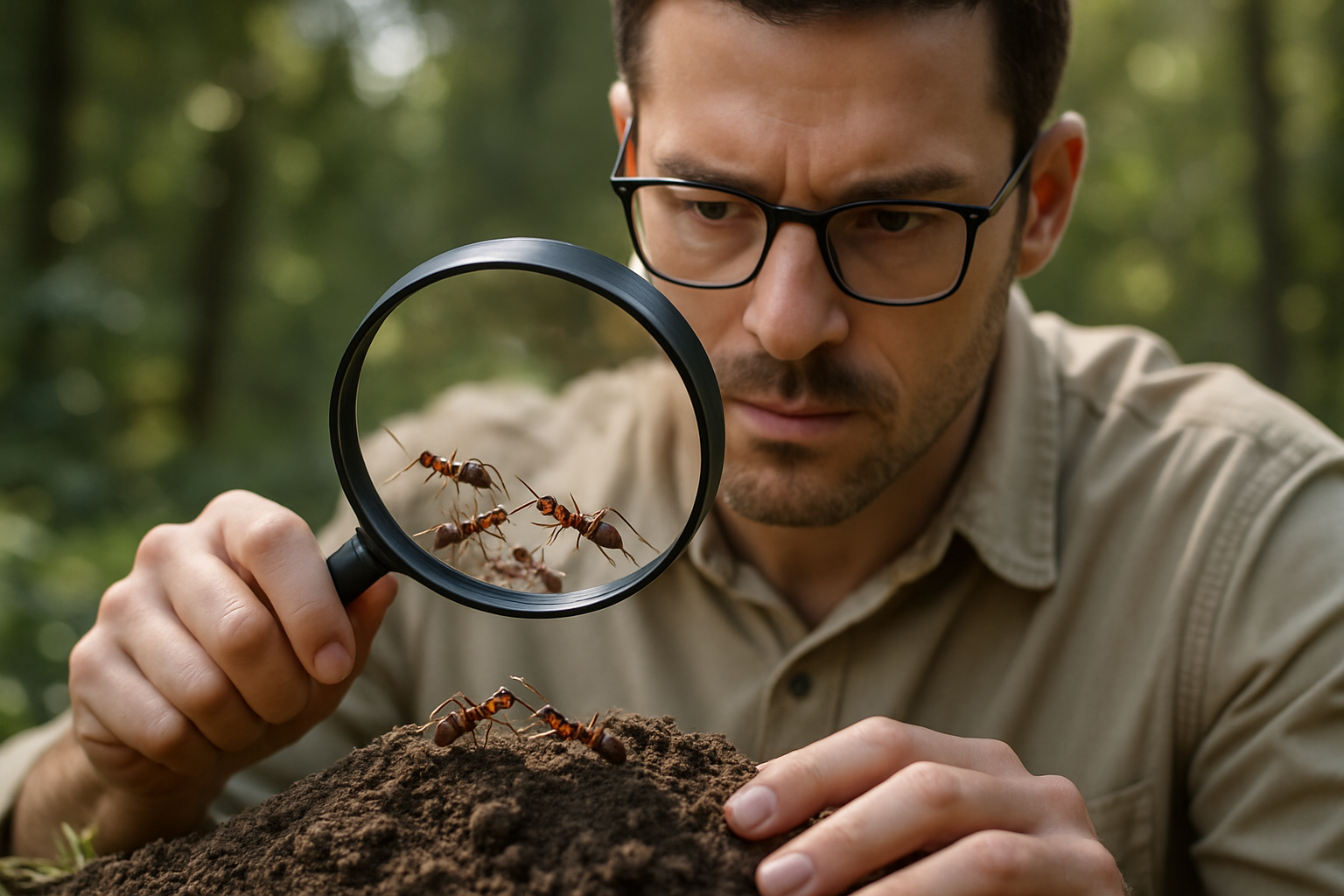The Intricacies of Biomechanics in Enhancing Athletic Performance
Biomechanics is a fascinating field that blends the principles of physics and biology to understand how humans and animals move. It’s a fundamental aspect of sports science yet often overlooked, even though it holds the key to optimizing athletic performance. Biomechanics provides valuable insights into how the human body responds to physical stress, how it can be trained to move more efficiently, and how to prevent injuries.

Historical Context: The Emergence of Biomechanics
The study of biomechanics has deep roots, tracing back to the works of Aristotle and Galen, who made significant observations about the mechanics of animal movement. However, the application of biomechanics in sports started gaining prominence in the late 19th century. As sports became more competitive, athletes and coaches began to recognize the importance of understanding the scientific principles underpinning human movement.
Spotlight on Modern Biomechanics in Sports
Today, sports biomechanics is a thriving discipline, with researchers continuously exploring how to apply biomechanical knowledge to enhance athletic performance. Cutting-edge technology, such as motion capture systems, force platforms, and wearable sensors, has revolutionized the field, allowing for precise analysis of an athlete’s movements.
The Power of Biomechanics: Benefits and Challenges
Biomechanics can help athletes achieve their full potential, improve technique, and prevent injuries. However, applying biomechanical principles in real-world sports settings can be challenging. Coaches and athletes need to translate complex biomechanical data into actionable strategies, which requires a deep understanding of both sports science and the specific sport.
A Look into the Future: Biomechanics and Beyond
Biomechanics continues to shape the future of sports, with exciting advancements on the horizon. Research is delving into areas like the biomechanics of unconventional movements in extreme sports and the use of AI in biomechanical analysis. As the field evolves, athletes will continue to benefit from the insights that biomechanics provides into the complex world of human movement.
In the realm of sports, biomechanics is a powerful tool that can transform an athlete’s performance. By diving into the intricacies of human movement, athletes, coaches, and sports scientists can unlock new ways to push the boundaries of what is physically possible.





